New Scientist covers the latest developments in science and technology that will impact your world. New Scientist employs and commissions the best writers in their fields from all over the world. Our editorial team provide cutting-edge news, award-winning features and reports, written in concise and clear language that puts discoveries and advances in the context of everyday life today and in the future.
Elsewhere on New Scientist
Automated reasoning • Mathematical AIs show machine intelligence may emerge from unexpected pursuits
New Scientist Australian Edition
North America’s stunning eclipse
Multiplying the multiverse • A new way of interpreting the elusive mathematics of quantum mechanics could fundamentally change our understanding of reality, finds Karmela Padavic-Callaghan
A quantum point of view
Analysis Bird flu • Is another pandemic on the way? The first case of H5N1 bird flu passing from cows to humans should spark expert investigation, but not general panic, says Grace Wade
A simple way to fix stereotyped AI images
Cosmic expansion mystery solved? • The rate at which the universe is expanding has been one of the most controversial numbers in cosmology for years, but we may finally have a resolution, finds Leah Crane
Left-handed monkeys prompt an evolutionary rethink
Phone batteries could last longer with more 5G masts
Is there a better way to screen for prostate cancer? • Inaccurate blood test results can lead to unnecessary treatment, but new proposals could address this, says Clare Wilson
Suppressing wildfires is harming giant sequoia trees
Green sand could help shallow seas absorb more carbon dioxide
Satellite licence plates could help avoid collisions
Quantum tech gets more reliable • Microsoft and Quantinuum may have created the most dependable device yet
Gravitational ‘tidal storm’ makes planet glow red hot
Field notes One Tree Island, Australia • Great Barrier Reef pushed to the brink Even remote areas previously shielded from mass bleaching are now being overwhelmed by extreme temperatures, finds James Woodford
Newborn babies recognise nursery rhymes they heard in the uterus
Rock networks may have boosted vital chemistry for life
Green tech mining threatens great apes
How we feel the music inside us
Snakes show signs of self-recognition with sniff test
Really brief
We are what we eat • Nutrition must be as essential as maths or science at US educational institutions to solve the country’s obesity crisis, says Aman Majmudar
No planet B • A rich man’s world Inequality is a major obstacle to sustainability. We can’t get to net zero without tackling it – and talking about redistribution, says Graham Lawton
Daily beauty
Your letters
A healthy balancing act • It is tough turning neuroimmunology into a gripping read, but this excellent book makes for a delightful and authoritative overview, says Grace Wade
Apocalypse, forever • From the Book of Revelation to extinction fiction, we can’t get enough of end times. Bethan Ackerley enjoys a rich guide
New Scientist recommends
The sci-fi column • Double helpings The prolific Adrian Tchaikovsky has two terrific offerings out this year. One is the story of a scientist turned prisoner shipped to a faraway planet, the other is a light-hearted tale of robotic murder, says Emily H. Wilson
Proof of intelligence? • AIs that tackle maths’ hardest problems may herald human-level reasoning. Can they pave the way to artificial general intelligence, asks Alex Wilkins
A stealth health crisis • One in three adults has a potentially dangerous fatty liver. Can more awareness avert a future epidemic, asks...
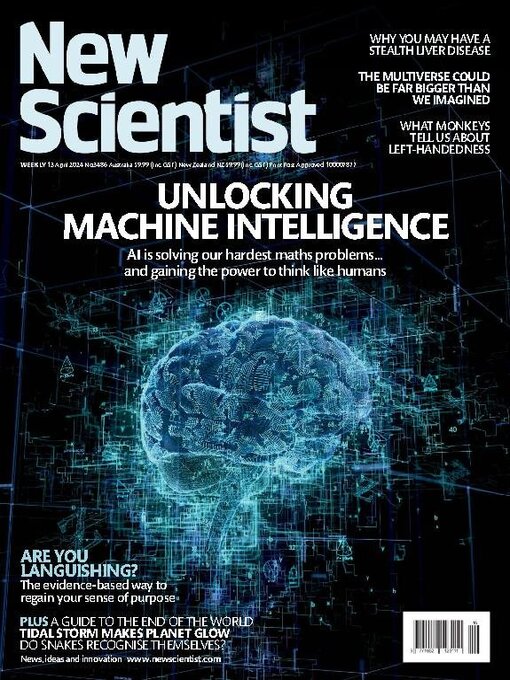
 Apr 27 2024
Apr 27 2024
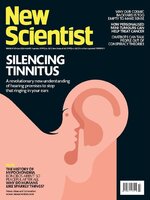 Apr 20 2024
Apr 20 2024
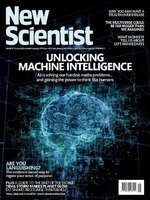 Apr 13 2024
Apr 13 2024
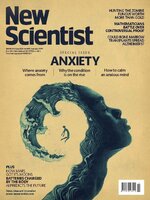 Apr 06 2024
Apr 06 2024
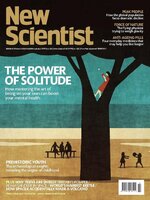 Mar 30 2024
Mar 30 2024
 Mar 23 2024
Mar 23 2024
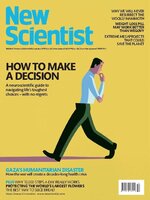 Mar 16 2024
Mar 16 2024
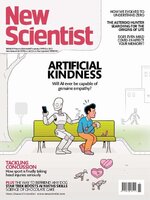 Mar 09 2024
Mar 09 2024
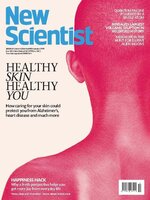 Mar 02 2024
Mar 02 2024
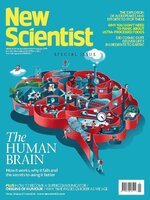 Feb 24 2024
Feb 24 2024
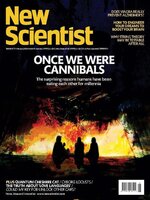 Feb 17 2024
Feb 17 2024
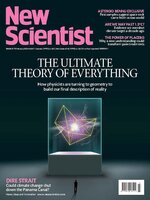 10 Feburary 2024
10 Feburary 2024
 Feb 03 2024
Feb 03 2024
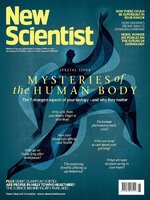 Jan 27 2024
Jan 27 2024
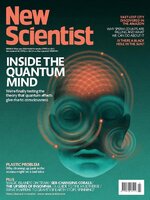 Jan 20 2024
Jan 20 2024
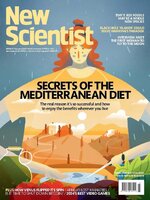 Jan 13 2024
Jan 13 2024
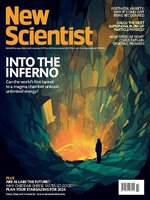 Jan 06 2024
Jan 06 2024
 Dec 30 2023
Dec 30 2023
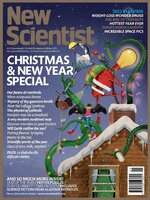 Dec 16 2023
Dec 16 2023
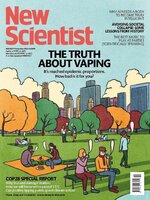 Dec 09 2023
Dec 09 2023
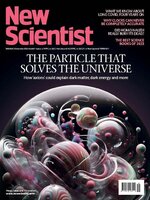 Dec 02 2023
Dec 02 2023
 Nov 25 2023
Nov 25 2023
 Nov 18 2023
Nov 18 2023
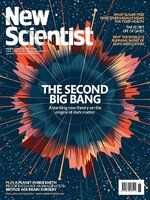 Nov 11 2023
Nov 11 2023
